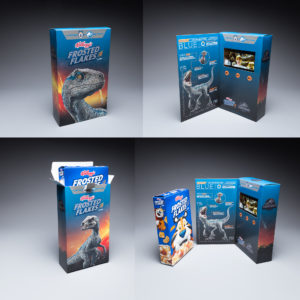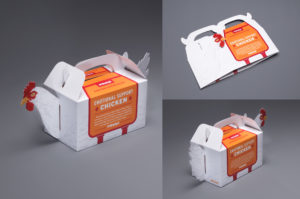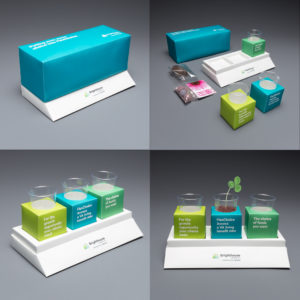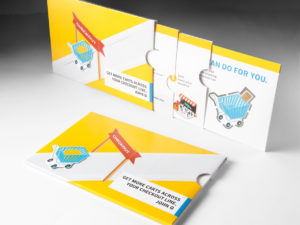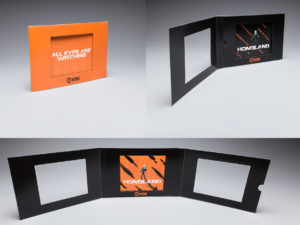Are you a marketer who regularly uses direct mail?
Here at Structural Graphics, we’re big proponents of print marketing and have applauded its ability to generate feedback, loyalty and, ultimately, sales. However, if you’re not using it properly, these pieces – and leads – can end up in the garbage.
To help you better succeed with your direct mail campaigns, we’ve compiled this list of common blunders that can hinder your prospects.
- An unclear message: Does your headline match your CTA? Do your graphics tie into your angle or story line? Is your copy clear, concise and appropriate for your audience?

- Wrong audience: Do your research beforehand. Consider not only the age, location and interests of your target demographic, but also the appropriate time of year to contact them. For instance, tax season may not be the appropriate time to contact small business owners, and members of a senior housing community likely won’t respond to real estate marketing.
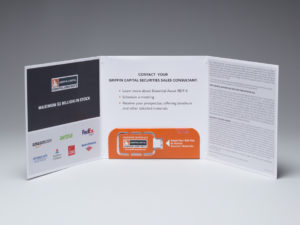
- Being too self-indulgent: There’s a delicate balance between asserting your strengths and overindulging in them. Recipients don’t want front row tickets to the “Me Show”; they care about “What’s in it for me?” Great marketing always focuses on the recipients, not the business or agent reaching out. Highlight your brand’s value by showing how your product or service can help change people’s lives, making them easier or more fulfilling.
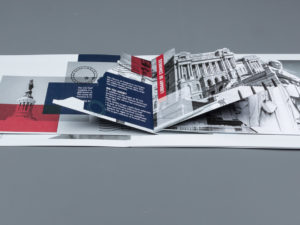
- No contact info: Print or digital, your marketing should always have the first and last name of someone for the recipient to contact. This simple touch point creates a connection between the consumer and your business, and saves them the hassle of having to go looking for someone to reach out to.
